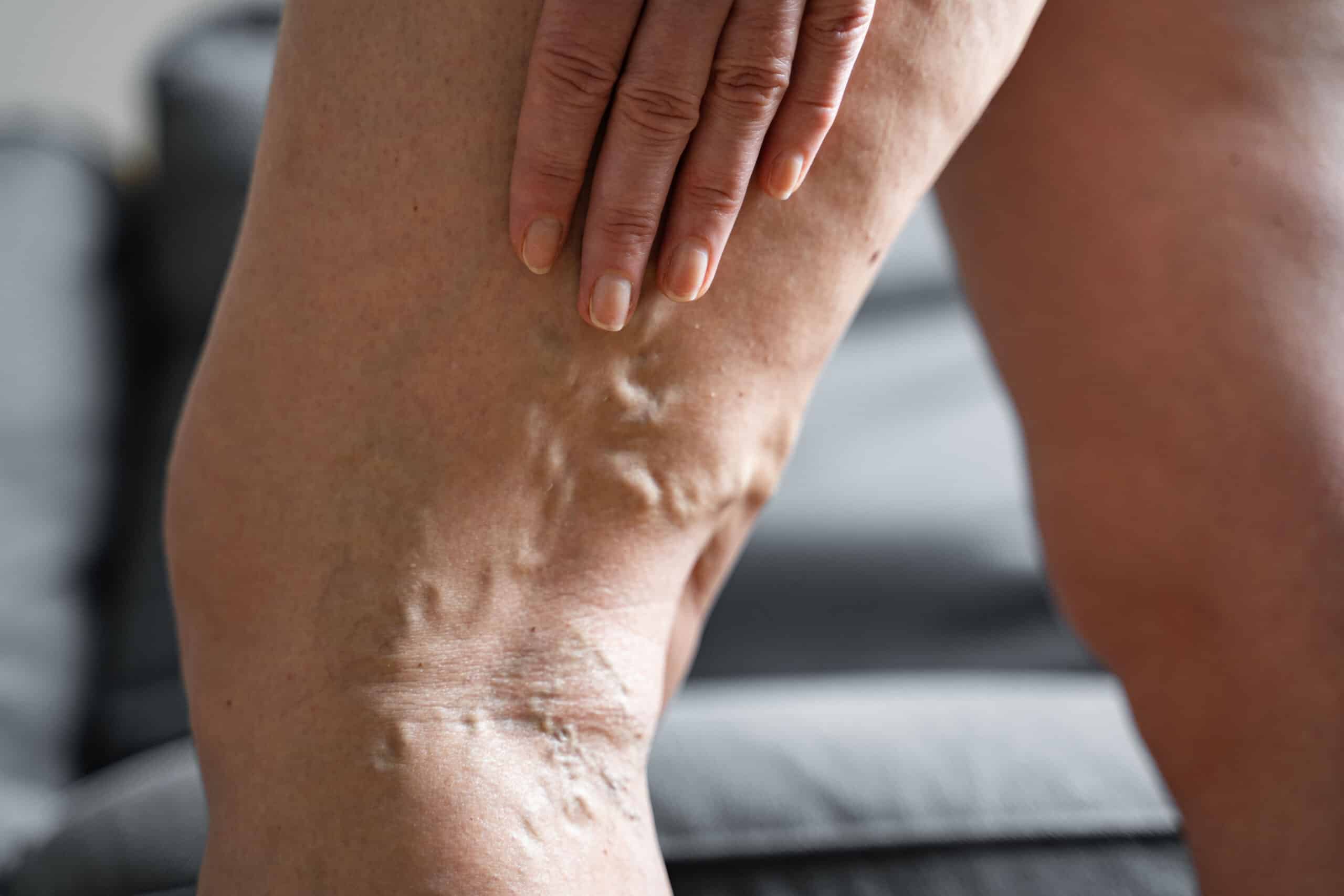Varicose veins are common and often appear on the legs.1 They’re dilated, twisted veins and sometimes stick out under the skin. Varicose veins can be blue…
The Microphlebectomy Quick Guide: What to Know

Varicose veins are common and often appear on the legs.1 They’re dilated, twisted veins and sometimes stick out under the skin. Varicose veins can be blue or purple in appearance. Though not dangerous, they are unsightly and can sometimes cause complications. Your doctor may advise treatment and offer you microphlebectomy as an option.
This procedure differs from vein ligation and stripping, which is not offered as a varicose vein treatment anymore because of the new minimally-invasive techniques used today. This invasive treatment required general anesthesia and required a stay in the hospital for a night.2 Thankfully, this is no longer the case.
What Is Microphlebectomy?
Microphlebectomy is a minimally invasive procedure that removes damaged and swollen veins by making small, slit-like incisions in the skin. The treatment is done as an outpatient procedure and generally takes less than an hour.3
During the treatment, your doctor will first identify the damaged veins that need to be removed. They will extract the veins section by section, preserving the surrounding tissues. The procedure doesn’t require any sutures.4
Microphlebectomy recovery does not need hospitalization.
How Painful Is Microphlebectomy?
The treatment is usually done under local anesthesia, with your doctor administering a medicine to numb the part of the body. You will not feel discomfort during the procedure.5
Microphlebectomy vs Sclerotherapy
Sclerotherapy, or microfoam, is a popular option for varicose vein treatment. The doctor inserts fine needles into the varicose veins and injects substances that damage the walls of the veins. The veins swell and close, becoming lighter and less noticeable or invisible over time.6 The blood flow is diverted to other healthy veins. It is the most preferred treatment for people with varicose veins in the legs or thighs.7 Your doctor will probably opt for microphlebectomy for larger veins near the skin surface.8
A comparative study found that phlebectomy is effective in 93.3% of patients compared to sclerotherapy, which was only effective in 70% of patients.9 Only 6.7% of patients treated with microphlebectomy had varicose veins again.10
Microphlebectomy Recovery
Microphlebectomy is generally an outpatient procedure, so you can return home soon after treatment is complete. You can resume normal activities almost immediately but should avoid strenuous physical activities for one or two weeks.11 Your doctor will advise you about caring for your incisions and wearing gradient compression stockings.
There are no sutures, so you don’t need to revisit the clinic for suture removal. The incisions aren’t usually visible anymore after 12 months.12
Microphlebectomy Cost
Ambulatory phlebectomy done as an outpatient typically costs $400. Your insurance will likely cover this procedure. However, this varies from state to state and office to office. Your out-of-pocket costs will also depend on your deductible. The vein center you visit will be able to assist you in understanding your insurance coverage for this treatment.
There are several treatment options for varicose veins. You can visit a vein treatment center to meet a specialist and get the right advice. For trustworthy information about varicose veins treatment, take a look at My Vein Treatment’s articles on varicose veins. Our website also has a vein specialist locator to help you find an expert in your area.
SOURCES:
- MedlinePlus: “Varicose vein”
- National Health Service: “Varicose veins.”
- University of Pittsburgh Medical Center: “Microphlebectomy.”
- Northwestern Medicine: “Microphlebectomy.”
- University of Pittsburgh Medical Center: “Microphlebectomy.”
- Stanford Medicine: “Sclerotherapy and Varicose Veins.”
- Johns Hopkins Medicine: “Varicose Veins.”
- Mymensingh Medical Journal: “Phlebectomy versus Sclerotherapy in Varicose Vein Patients: A Comparative Study.“
- Mymensingh Medical Journal: “Phlebectomy versus Sclerotherapy in Varicose Vein Patients: A Comparative Study.“
- Mymensingh Medical Journal: “Phlebectomy versus Sclerotherapy in Varicose Vein Patients: A Comparative Study.“
- University of Pittsburgh Medical Center: “Microphlebectomy.”
- University of Pittsburgh Medical Center: “Microphlebectomy.”





